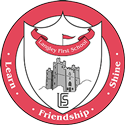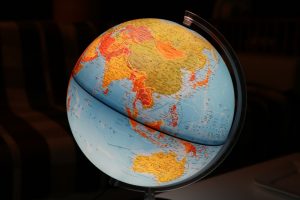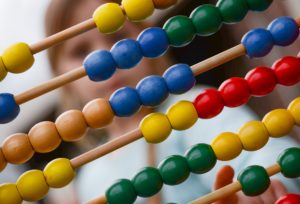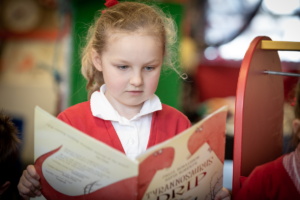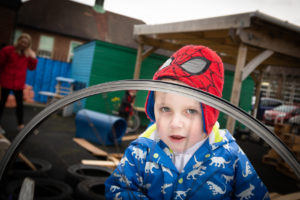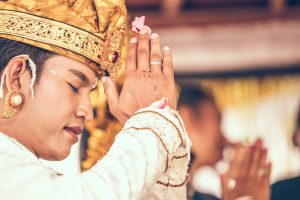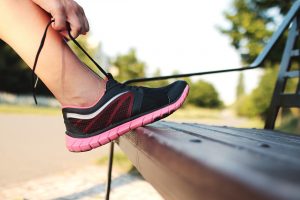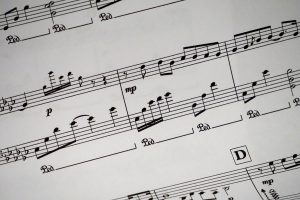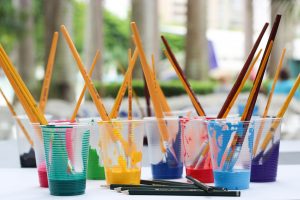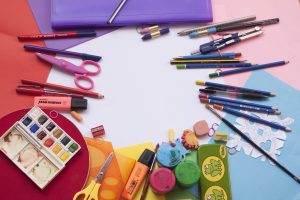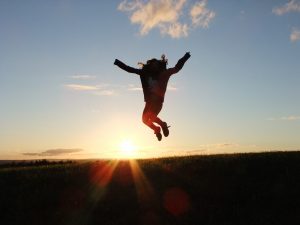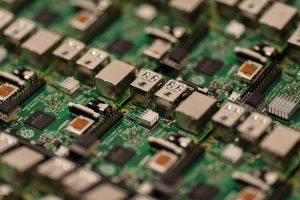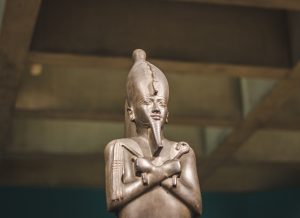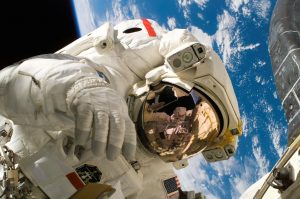Art and Design
Purpose of study
Art, craft and design embody some of the highest forms of human creativity. A high-quality art and design education should engage, inspire and challenge pupils, equipping them with the knowledge and skills to experiment, invent and create their own works of art, craft and design.
As pupils progress, they should be able to think critically and develop a more rigorous understanding of art and design. They should also know how art and design both reflect and shape our history, and contribute to the culture, creativity and wealth of our nation.
Aims
The national curriculum for art and design aims to ensure that all pupils:
- produce creative work, exploring their ideas and recording their experiences
- become proficient in drawing, painting, sculpture and other art, craft and design techniques
- evaluate and analyse creative works using the language of art, craft and design
- know about great artists, craft makers and designers, and understand the historical and cultural development of their art forms.
| Prior learning Nursery | Prior learning Reception | Year 1 | Year 2 | Year 3 | Year 4 | |
|---|---|---|---|---|---|---|
| Reflections and use of sketchbooks National Curriculum KS2 * to create sketch books to record their observations and use them to review and revisit ideas | Talk about ideas and processes which have led to designs, images or products. (Exceeding) Talk about features of their own and others’ work, recognising the differences between them and the strengths of others. (Exceeding) | KPI: To use artwork to record ideas observations and experiences. | KPI: To try out different activities and make sensible choices about what to do next. | KPI: To use a sketchbook for recording observations, for experimenting with techniques and planning out ideas. To use own sketch books to express feelings about a subject and to describe likes and dislikes. To suggest improvements to work by keeping notes in sketch books. | KPI: To use a sketchbook for collecting ideas and developing a plan for a completed piece of artwork. To use sketch books to express feelings about various techniques, subjects and outline likes and dislikes. KPI: To articulate how he/she might improve own work using technical terms and reasons. |
|
| Drawing National Curriculum KS1 *to use drawing, painting and sculpture to develop and share their ideas, experiences and imagination *to develop a wide range of art and design techniques in using colour, pattern, texture, line, shape, form and space KS2 8to improve their mastery of art and design techniques, including drawing, painting and sculpture with a range of materials [for example, pencil, charcoal, paint, clay] | Make lines and marks with pencils. (PRIME) Join up lines on paper to make different shapes and I use these shapes to make things I know, like a face or a door. | Handle equipment and tools effectively, including pencils (PRIME) | To draw lines of different shapes and thickness, using 2 different grades of pencil. To communicate something about themselves in drawing and paintings. To create moods in drawings and paintings. | To use different grades of pencil in drawings. To use charcoal, pencil and pastels. To explain which pencil they would use for different features of a drawing. | To use different grades of pencil shade, to show different tones and textures. | To begin to show facial expressions and body language in own sketchers and paintings. KPI: To use taught technical skills to improve his/her work. To identify and draw simple objects and use marks and lines to produce texture. To organise line, tone, shape and colour to represent figure and forms in movement. To show reflections in own paintings and drawings. |
| Painting and colour National Curriculum KS1 *to use drawing, painting and sculpture to develop and share their ideas, experiences and imagination *to develop a wide range of art and design techniques in using colour, pattern, texture, line, shape, form and space KS2 to improve their mastery of art and design techniques, including drawing, painting and sculpture with a range of materials [for example, pencil, charcoal, paint, clay] | Mix paints together to make new colours. | Mix own paint using powder or ready mixed paints. | KPI: To name the primary and secondary colours. To create a repeating pattern by printing using a given technique. To explain which colours are needed to be mixed to make secondary colours. | To mix paint to create all the secondary colours. To mix a brown shade of paint. To make tints by adding white and tones by adding black. To create a print using pressing, rolling, rubbing and stamping. | To create a background using a wash. To use a range of brushes to create different effects. | To print onto different materials using at least four colours. |
| Craft / sculpture National Curriculum KS1 *to use a range of materials creatively to design and make products *to use drawing, painting and sculpture to develop and share their ideas, experiences and imagination *to develop a wide range of art and design techniques in using colour, pattern, texture, line, shape, form and space KS2 *to improve their mastery of art and design techniques, including drawing, painting and sculpture with a range of materials [for example, pencil, charcoal, paint, clay] | Use tools like scissors, spoons and hammers to do different things. Use all sorts of building toys and empty cardboard boxes to make things. | KPI: To experiment with different techniques and materials to design and make products. To cut, roll and coil materials such as clay, dough or plasticine. | KPI: To select particular techniques to create a chosen product. | KPI: To experiment with different materials to create a range of effects and use these techniques in the completed piece of work. | ||
| Digital | To use a painting program to create a picture. | To use a viewfinder to focus on a specific part of an artefact before drawing it. To use simple IT mark-making tools, e.g. Brush and pen tools. | To use the printed images taken with a digital camera and combine them with other media to produce art work. | To use IT programs to create a piece of work that includes own work and that of others (using web). | ||
| Exploring different artists National Curriculum KS1 * about the work of a range of artists, craft makers and designers, describing the differences and similarities between different practices and disciplines, and making links to their own work KS2 * about great artists, architects and designers in history | KPI: To explain what he or she likes about the work of others. To describe what they can see and like in the work of another artist. | KPI: To give reasons for his/her preferences when looking at art/craft or design work. To say how other artists have used colour, pattern and shape. To create a piece of work in response to another artists work. | KPI: To know about some of the great artists, architects and designers in history and describe their work. To compare the work of different artists. To explore work from other cultures. To explore work from other periods of time. | KPI: To describe some key ideas, techniques and working practices of artists, architects and designers who he/she has studied. To experiment with different styles which artists have used. To explain art from other periods of history. |
Spiritual
Art supports spiritual development by introducing children to the work of great Artists and experiencing wonder and awe at the achievements of these great works of art. They also experience great admiration and respect for their peers’ work when they see the level of achievement and progress.
Moral
Art supports moral development by encouraging mutual respect and the consideration for others’ work. Pupils are encouraged to show compassion when assessing the work of others through, understanding how their comments can build up or destroy another’s self- belief.
Social
Art and Design supports social development because children frequently required to work in pairs, groups or teams collaboratively. Children often work collaboratively requiring cooperation and communication linking to the values of trust and compassion.
